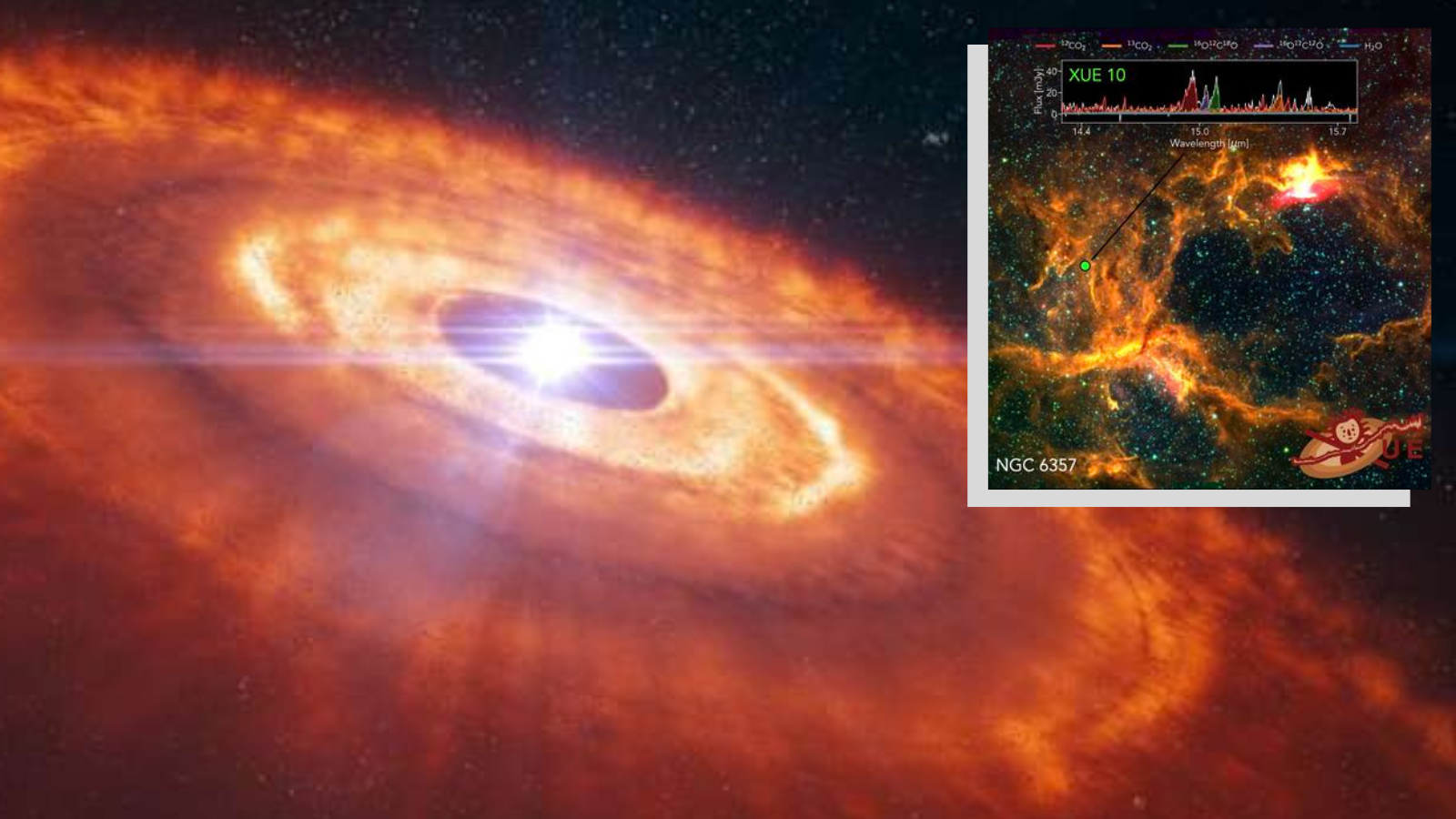Phoenix Lander Survives Martian Dust Storm

NEW YORK - NASA's Phoenix Mars Lander weathered its first dust storm on the red planet this past weekend, though the dust did lower the lander's solar power and put the brakes on some of its planned activities.
Phoenix project manager Barry Goldstein of NASA's Jet Propulsion Laboratory told reporters about the weekend's events during a lecture discussing the mission at the Popular Mechanics Breakthrough Conference in here on Wednesday.
The nearly 23,000 square-mile (37,000 square-km) storm moved west to east around the northern arctic plains of Mars, and weakened considerably by the time it reached the lander on Saturday, Oct. 11. NASA's Mars Reconnaissance Orbiter circling the planet took a snapshot of the storm as it blew over Phoenix.
At the height of the storm, all the dust it had kicked up increased the opacity of the atmosphere over the spacecraft, letting less sunlight through to its solar arrays, the lander's sole source of power.
Phoenix's power levels "really dropped drastically," Goldstein told SPACE.com.
The hit to the lander's already diminishing power supplies limited what the spacecraft could do over the weekend.
Phoenix landed on Mars on May 25 and has spent more than four months studying the planet's arctic plains. Ithas scoopedup samples of dirt and subsurface water ice found at its landing site and analyzed them for signs of the planet's past potential habitability.
Breaking space news, the latest updates on rocket launches, skywatching events and more!
The Phoenix mission team tracked the dust storm last week through images gleaned from the Mars Reconnaissance Orbiter's Mars Color Imager. The imager's research team estimated that after the dust storm passed through Phoenix's landing site on Saturday, the dust would gradually decrease this week, which seems to be exactly what has happened.
Before the storm hit, Phoenix was generating about 2,100 Watt-hours each sol, or Martian day, but that number dropped by about a couple hundred Watt-hours during the height of the storm. As of Wednesday morning though, power levels had rebounded back to about 2100 Watt-hours, Goldstein said.
It "was a major accomplishment for us" considering the dip over the weekend, he added.
Phoenix is already generating less energy each sol than it was earlier in the mission because the sun is dipping lower and lower in the Martian sky as winter nears.
This storm may not be the last that Phoenix experiences because local dust storm tend to pop up more during fall and winter in the Martian arctic. (The storms are not the global monsters experienced by the Mars Exploration Rovers, Goldstein said, but are smaller regional dust storms.)
If other storms hit the lander, they'll further limit Phoenix's abilities to finish filling the ovens in its Thermal and Evolved-Gas Analyzer, as well as other activities, before it finally loses all power.
The team was able to fill one oven yesterday with a surface sample, Phoenix principal investigator Peter Smith told SPACE.com. The team also intends to go ahead with plans to attempt to turn on the lander's microphone.
Join our Space Forums to keep talking space on the latest missions, night sky and more! And if you have a news tip, correction or comment, let us know at: community@space.com.

Andrea Thompson is an associate editor at Scientific American, where she covers sustainability, energy and the environment. Prior to that, she was a senior writer covering climate science at Climate Central and a reporter and editor at Live Science, where she primarily covered Earth science and the environment. She holds a graduate degree in science health and environmental reporting from New York University, as well as a bachelor of science and and masters of science in atmospheric chemistry from the Georgia Institute of Technology.
